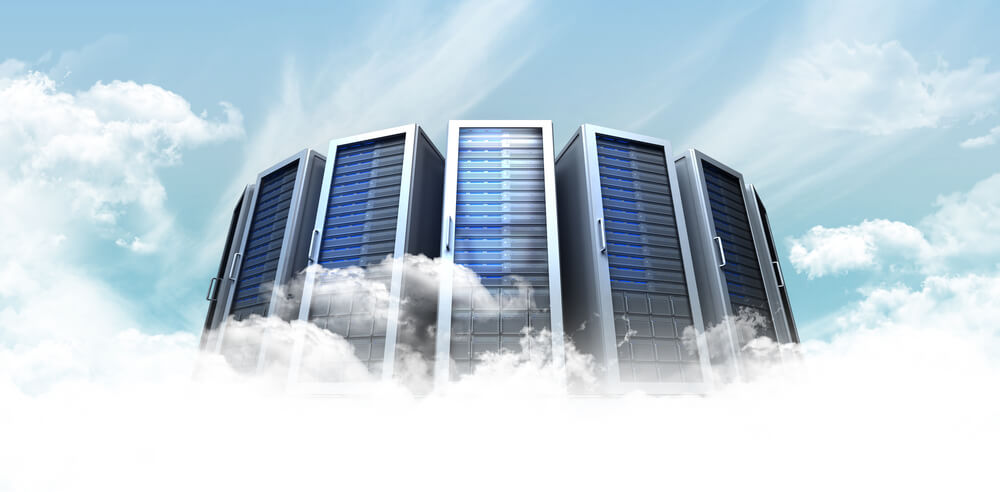
With the rapid rate of technological revolution, organizations seek the best balance between using existing assets & upgrading to take advantage of the newest computer hardware as well as software, along with reducing compatibility matters between both while they move forward.
Decreasing fixed/non-discretionary spending is crucial to escalating business agility, and a generally overlooked approach is optimizing the hardware refresh cycle for process automation systems.
A powerful refresh policy facilitates balance the trade-offs amid capital spending, operating effectiveness, as well as risk mitigation.
Understanding Hardware Refresh
A hardware refresh for the storage environment generally signifies replacing your entire current data storage hardware with the most recent version of one's equipment to contest capacity & performance issues.
Why Are The Hardware Refresh Cycles Imperative?
There's a point where hardware turns into the end of life & end of support, which principally means it's too outdated to execute competently. Despite hardware being extra consistent with new technologies put in place & steps able to be used to increase their life (specifically SSD Hard drives, memory upgrades), they'll inevitably have to be replaced.
During tight finances restraints these steps to increase the life of the hardware might be necessary; conversely, sometimes we're pushing the hardware to its limits & raising the probability of outages & future downtime.
The balance between obtaining maximum value out from the hardware & optimizing your budgets necessitates business strategic planning for hardware refresh cycles with the important thing being the identification of functioning, energy-efficient prerequisites and the danger of hardware failure to validate a fresh purchase.
As you can expand the typical three-to-four-year hardware refresh cycle, businesses ought to make the tricky decision concerning when to update their systems in order to certify ample performance & efficiency.
The primary step is to know if you really need fresh hardware. Technology upgrades & spreading workloads over multiple gadgets can recompense for hardware failure risks also expand the useful life of one's hardware; yet old hardware can still pose an unwanted risk to your organization operations & efficiencies.
While reviewing the fitness of your hardware, both of these signs show it might be time for a refresh:
- Functioning Issues
- Continuous Outages
Comprehending Cloud Conversion
A Cloud Conversion offers innovative solutions to simply help businesses of most sizes make use of the opportunities plus capabilities made possible via cloud-based computing. It can assist companies to streamline business operations and enhance service & communication through converting to a cloud computing platform.
Numerous businesses are taking the incremental way of cloud migration. It is essential to recognize that with any migration, whether linked to the cloud or not, you can find one-time costs involved in addition to resistance to adjust among the personnel (cultural & socio-political hindrance).
You’re advised to take into account these issues. Start by constructing organizational support through evangelizing & training. Give attention to long-term ROI along with tangible plus intangible features of moving to the cloud and know about the most recent developments in the cloud so you may take full benefit of the cloud benefits.
An effective migration largely dependent upon three things: the intricacy of the application architecture; how insecurely coupled your application is; and simply how much effort you're willing to put into migration.
Today's Business Issues
- Managers cope with critical issues in backing open control together with safety systems using commercial off-the-shelf hardware.
- Improve operator stations to the most up-to-date revision level to boost performance & consistency and reduce risks.
- Supply common platforms which can be fully supported on a continuous basis.
- Lock in evaluating for covered computer hardware whilst spreading payments above a multi-year agreement.
- Enlarge site support capabilities within a contract that's easier to keep up and contained in the annual organization budget.
Where are you currently trying to find the savings?
There's no dispute that IT could be the lifeblood of all businesses, so it's clear to see how hardware refresh projects are justified as a price of conducting business and section of broader strategy a company employs to prevent the high cost of downtime. It is also business as usual and the majority of companies have gotten accustomed to planning & budgeting for refreshes.
Using one hand this all makes sense, however, on the other hand, I'm wondering why businesses set themselves through this troublesome as well as expensive exercise when the cloud is a very good option.
The truth is that each business is exclusive with regards to IT support costs; configurations along with requirements, so wanting to develop a (hard) cost savings computation is futile. Although, let's look at a number of benefits each business can comprehend by moving to the cloud vs. performing just one more hardware refresh.
Hardware Refresh
- Power/cooling costs
Cost savings are configuration detailed and will expand with new hardware but won't ever = $0.
- Real-estate costs
Cost savings are configuration (footprint) detailed and a refresh might possibly give a little cost relief, although not much.
- Over-provisioning costs
Businesses will yet over-provision costly hardware to make certain the capability to scale up or down based on performance requirements.
- Under-provisioning risks
After an expensive refresh, some businesses encourage the chance of under-provisioning hardware to save lots of money.
- Capital expenses
Still present.
- Upgrade challenges
Still present.
- Maintenance challenges
Still present.
- Compatibility challenges
Still present.
The Benefits of Cloud Conversion
- Power/cooling costs
Cloud works on the shared infrastructure model together with end-user costs being reduced (spread) across a wide customer base.
- Real-estate costs
Cloud runs on the shared infrastructure model along with end-user costs being lessened (spread) across a wide customer base.
- Over-provisioning costs
Cloud offers on-demand bi-directional functioning scalability which eradicates over-provisioning costs & concerns.
- Under-provisioning risks
Cloud gives on-demand bi-directional implementation scalability which removes this risk.
- Capital expenses
The cloud services provider (CSP) procures all hardware: costs are minimized (spread) across a wide customer base.
- Upgrade challenges
The CSP runs all hardware lifecycle tasks.
- Maintenance challenges
The CSP directs all hardware lifecycle tasks.
- Compatibility challenges
The CSP administers all hardware lifecycle tasks.
The Bottom Line
Whenever firms assist the partners to greatly help conquer end-user resistance to the cloud, they always highlight that it's the intangible benefits that basically make the case. Of course, you can find financial benefits & rewards too that you don't need to check any longer compared to the CapEx vs. OPEX discussion to drive the purpose home but the truth is that cloud eradicates the costly IT heavy lifting that can be quite a roadblock to success for several businesses.
More and more companies will make use of the cloud to steer clear of a hardware refresh. By shifting to the cloud end users never again have to handle the budgetary challenges of a hardware refresh. Cloud formulates hardware refresh time-sink as well as costly activities such as for instance data migration in addition to data protection something of the past. By means of a cloud, migration is one and done.
References
- Medium. (2018). 2017 Cloud Predictions: Better Hardware Refresh Therapy. [online] Available at: https://medium.com/linode-cube/2017-cloud-predictions-better-hardware-refresh-therapy-4b9d2c902bd [Accessed 9 Mar. 2018].
- posts, V. (2018). On-premise vs. Managed Cloud: The Hardware Refresh Challenge | itelligence North America. [online] itelligence North America. Available at: https://itelligencegroup.com/us/local-blog/application-managed-services-local-blog/managed-cloud-hardware-refresh/ [Accessed 9 Mar. 2018].
- Reliant-technology.com. (2018). Hardware Refresh vs. Upgrade: Which is Best For You? | Reliant Blog. [online] Available at: https://www.reliant-technology.com/storage_blog/upgrade-or-refresh-which-one/ [Accessed 9 Mar. 2018].



